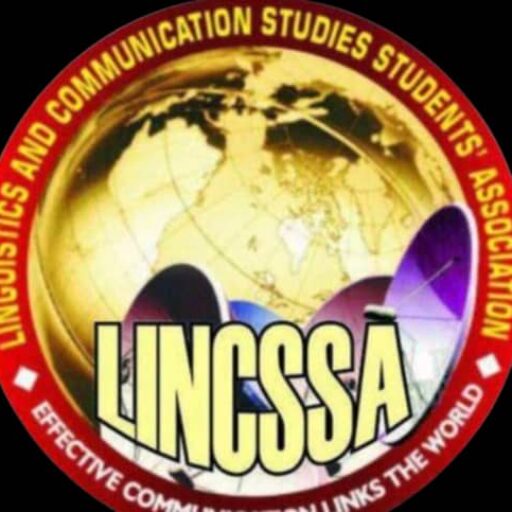By Ademola Emmanuel Adewunmi
“The Lemelson-MIT Student Prize” is a nationwide search for the most inventive undergraduate and graduate students. UW sophomores, Navid Azodi and Thomas Pryor, who are studying business administration and aeronautics and astronautics engineering respectively, won the “Use It” undergraduate category that recognizes technology-based inventions to improve consumer devices.
Their invention, “SignAloud”, is a pair of gloves that can recognize hand gestures that correspond to words and phrases in American Sign Language. Each glove contains sensors that record hand position and movement and send data wirelessly via Bluetooth to a central computer. The computer looks at the gesture data through various sequential statistical regressions, similar to a neural network. If the data match a gesture, then the associated word or phrase is spoken through a speaker.
The gloves are lightweight, compact and worn on the hands, but ergonomic enough to use as an everyday accessory, similar to hearing aids or contact lenses.
The duo met in the dorms during their freshman year and discovered they both had a passion for invention and problem solving. Azodi has technical experience as a systems intern at NASA, a technology lead for UW Information Technology and a campus representative for Apple. His long history of volunteer work, which includes organizing dozens of blood drives and working with Seattle Union Gospel Mission, Northwest Harvest and Ethiopia Reads, gave motivation to build a device that would have real-world impact.
A sign language glove is an electronic device which attempts to convert the motions of a sign language into written or spoken words. The wearable device contains sensors that run along the four fingers and thumb to identify each word, phrase or letter as it is made in the given sign language. Those signals are then sent wirelessly to a smartphone, which translates them into spoken words at a rate of one word per second.
The sign language gloves can help people who are deaf to communicate with those who do not know sign language. These gloves use sensors and machine learning algorithms to translate hand gestures into spoken or written language.
